Description
ISBN-10: 0073376442
ISBN-13: 9780073376448 978-0073376448
1. Which of the following components of bone provides it with flexibility?
A. water
B. calcium carbonate
C. calcium phosphate
D. collagen
2. Which of the following terms is used to describe bone with relatively high porosity?
A. cortical
B. trabecular
C. spongy
D. all of the above
3. Which of the following terms is defined as deformation divided by original length?
A. stress
B. strain
C. strength
D. elasticity
4. Cortical bone is strongest in resisting which type of stress?
A. tensile stress
B. shear stress
C. compressive stress
D. none of the above
5. Which of the following is true regarding Osgood-Schlatter’s disease?
A. It occurs at the tibial tubercle where the patellar tendon attaches.
B. It is more common in children than adults.
C. It is an epiphyseal injury.
D. both A and B
E. all of the above
6. Which of the following is part of the appendicular skeleton?
A. the skull
B. the humerus
C. the sternum
D. all of the above
7. Which of the following is an example of a flat bone?
A. talus
B. maxilla
C. radius
D. scapula
8. Which of the following is an irregular bone?
A. radius
B. rib
C. femur
D. vertebrae
9. The tarsals are examples of what type of bones?
A. long bones
B. short bones
C. flat bones
D. irregular bones
10. Where is articular cartilage located?
A. It covers all bone surfaces.
B. It covers all bone surfaces at articulations.
C. It covers all long bone surfaces.
D. It covers all long bone surfaces at articulations.
11. Which of the following statements regarding bone growth is true?
A. Longitudinal growth continues only as long as the epiphyses exist.
B. Circumferential growth continues throughout most of the lifespan.
C. both A and B are true
D. neither A nor B is true
12. Which of the following is known as the longitudinal “growth center” of a bone?
A. osteoclast
B. periosteum
C. osteoblast
D. epiphysis
13. How do bones typically respond to stress?
A. atrophy
B. hypertrophy
C. no change, as long as the epiphysis has sealed
D. it is impossible to predict how a bone will respond to stress
14. Loss of bone mass has been found in which of the following?
A. bed-ridden patients
B. astronauts
C. tennis players
D. both A and B
E. all of the above
15. Which of the following occurs in the absence of gravitational forces?
A. bone hypertrophy
B. bone atrophy
C. bone modeling
D. all of the above
16. In a child, severe injury to an epiphysis may result in which of the following?
A. premature closure of the epiphyseal junction
B. termination of bone growth
C. both A and B
D. none of the above
17. What is the most common symptom of osteoporosis?
A. frequent headaches
B. joint pain in the extremities
C. back pain derived from vertebral fractures
D. swelling of the distal extremities
18. Which of the following is a possible symptom of osteoporosis?
A. vertebral crush fractures
B. reduced body height
C. dowager’s hump
D. all of the above
19. Appropriate strategies to lessen the likelihood of acquiring osteoporosis include which of the following?
A. adequate dietary calcium intake
B. regular weight-bearing exercise
C. both A and B
D. none of the above
20. Which of the following is true regarding epiphyseal plate injuries?
A. These injuries can terminate longitudinal bone growth.
B. These injuries can result from acute trauma.
C. These injuries can result from repetitive loading of a low magnitude.
D. both A and B
E. all of the above
21. The water content of bone makes up approximately what percentage of the total bone weight?
A. 5%-10%
B. 15%-20%
C. 25%-30%
D. 40%-50%
22. Which of the following statements is/are true regarding the strength of bone?
A. Cortical bone can withstand more stress than trabecular bone.
B. Trabecular bone can withstand more strain than cortical bone.
C. both A and B
D. none of the above
23. Specialized bone cells that build new bone tissue are called what?
A. periosteum
B. osteoblasts
C. osteoclasts
D. epiphysis
24. Which of the following statements is/are true regarding bone growth?
A. When bone remodeling occurs, bone mass may stay the same.
B. When bone remodeling occurs, bone mass may decrease.
C. When bone modeling occurs, bone mass increases.
D. both A and B
E. all of the above
25. What happens when osteoclast activity exceeds osteoblast activity?
A. bone mass increases
B. bone modeling
C. bone mass decreases
D. none of the above
26. What happens when osteoblast activity exceeds osteoclast activity?
A. bone hypertrophy
B. bone modeling
C. increased bone mass
D. all of the above
27. Which of the following activities would likely produce the greatest bone mineral density?
A. swimming
B. cycling
C. walking
D. all of the above would provide equal contribution to bone health
28. Reduced bone mass and density without the presence of a fracture defines what?
A. osteoporosis
B. osteopenia
C. osteoblast
D. osteoclast
29. Undesirably low body weight in young female athletes can lead to what?
A. amenorrhea
B. osteoporosis
C. menopause
D. both A and B
E. all of the above
30. Which of the following is/are part of the “female athlete triad”?
A. osteoporosis
B. disordered eating
C. cessation of menses
D. both A and B
E. all of the above
31. The “female athlete triad” can result in which of the following?
A. stress fractures
B. irreversible bone loss
C. death
D. both A and B
E. all of the above
32. Which of the following could contribute the most in preventing or prolonging osteoporosis?
A. girls jumping rope before puberty
B. boys running after puberty
C. middle-age women walking before menopause
D. all of the above are of equal importance
33. Which of the following is/are known risk factor(s) for developing osteoporosis?
A. smoking
B. calcium deficiency
C. excessive caffeine consumption
D. all of the above
34. A fracture caused by a tendon or ligament pulling a small chip of bone away from the rest of the bone is
called what?
A. simple fracture
B. compound fracture
C. avulsion fracture
D. spiral fracture
35. Which of the following is true regarding greenstick fractures?
A. They are incomplete fractures.
B. They are caused by bending or torsional loads.
C. They are more common in adults than children.
D. both A and B
E. all of the above
36. When a skier’s body rotates in a direction opposite of the foot (held steady by the boot), what type of
fracture is likely in the tibia?
A. spiral
B. impacted
C. depressed
D. stress
37. Which type of fracture results from repeated loading of relatively low magnitude?
A. spiral
B. impacted
C. depressed
D. stress
38. Which of the following factors can predispose runners to stress fractures?
A. increased training duration or intensity without allowing time for bone remodeling
B. abrupt changes in running surface
C. both A and B
D. runners are not predisposed to stress fractures
39. Which of the following is part of the axial skeleton?
A. the skull
B. the vertebrae
C. the sternum
D. all of the above
40. After age 60, what percentage of fractures are osteoporosis related?
A. 10%
B. 30%
C. 60%
D. 90%
41. Bone ______________ refers to the increase in bone mass.
________________________________________
42. An epiphyseal injury can terminate __________________ bone growth.
________________________________________
43. __________________ refers to an excessive loss of bone mass and strength resulting in one or more
fractures.
________________________________________
44. __________________ __________________ is the fracture resulting from repeated loading of relatively
low magnitude.
________________________________________
45. A condition of reduced bone mineral density that predisposes the individual to fractures is called
___________________.
________________________________________
46. List and describe the four types of bones, including function and examples.
47. Explain Wolff’s law, including why it is important.
48. Name four of the five genetic risk factors for osteoporosis.
49. Summarize the recommendations from the ACSM pronouncement on “Physical Activity and Bone
Health” for children and adolescents.
50. Explain the female athlete triad.
51. Dynamic loading during gymnastics has been show to affect bone size and strength more than muscle
mass.
True False
52. The effects of several months intervention treatment with whole body vibration appear to include
improved bone mineral density.
True False
53. The link between cessation of menses and osteoporosis is estrogen deficiency.
True False
54. In practical terms, a fast childhood game of hopscotch favors bone building over a very slow one.
True False
55. Long distance runners have a much higher prevalence of secondary amenorrhea than the general
population.
True False
1. D
2. B
3. B
4. C
5. E
6. B
7. D
8. D
9. A
10. D
11. C
12. D
13. B
14. D
15. B
16. C
17. C
18. D
19. C
20. E
21. C
22. C
23. B
24. E
25. C
26. D
27. C
28. B
29. E
30. E
31. E
32. A
33. D
34. C
35. D
36. A
37. D
38. C
39. D
40. D
41. hypertrophy
42. longitudinal
43. Osteoporosis
44. Stress fracture
45. osteopenia
46. Answers will vary
47. Answers will vary
48. Answers will vary
49. Answers will vary
50. Answers will vary
51. TRUE
52. TRUE
53. TRUE
54. FALSE
55. TRUE

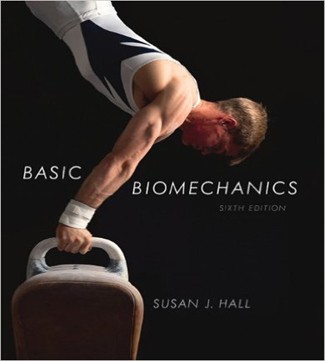
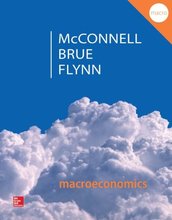
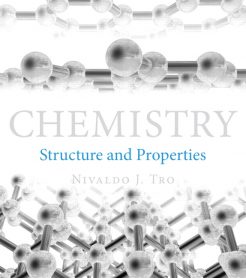
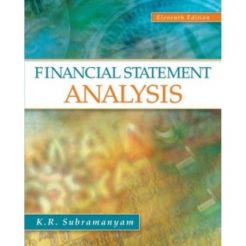
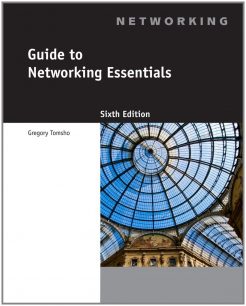

Reviews
There are no reviews yet.